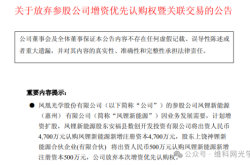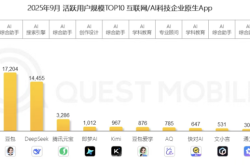Launching a $12,000 robot vacuum cleaner, did Samsung go astray with its AI-powered 'smart cleaning' technology?
![]() 08/12 2024
08/12 2024
![]() 647
647
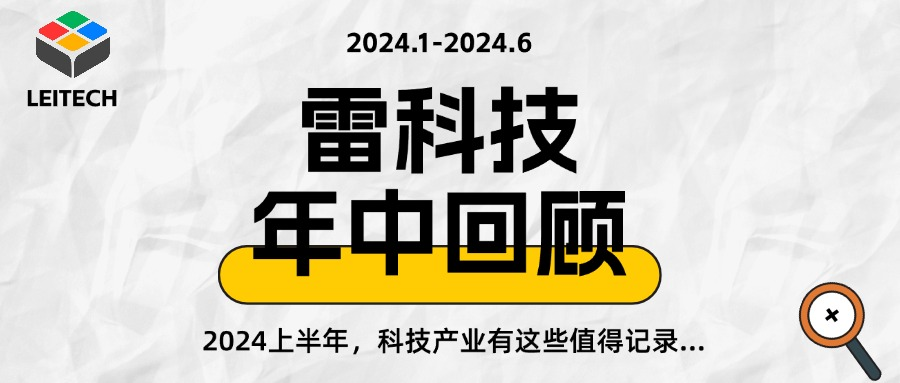
This year, Samsung established the brand positioning of "Galaxy AI," with its mobile phones, wearables, audio products, and other consumer electronics products embracing AI across the board, earning a solid reputation in the market.
Beyond electronics, Samsung's Home Appliances division also quietly unveiled its first robot vacuum cleaner equipped with a self-developed AI large model – the Bespoke Jet Bot Combo – on August 7. This robot vacuum cleaner comes in both AI and non-AI versions, with the non-AI version priced at $1,399 (approximately RMB 10,016), while the AI version is priced as high as $1,699 (approximately RMB 12,162).
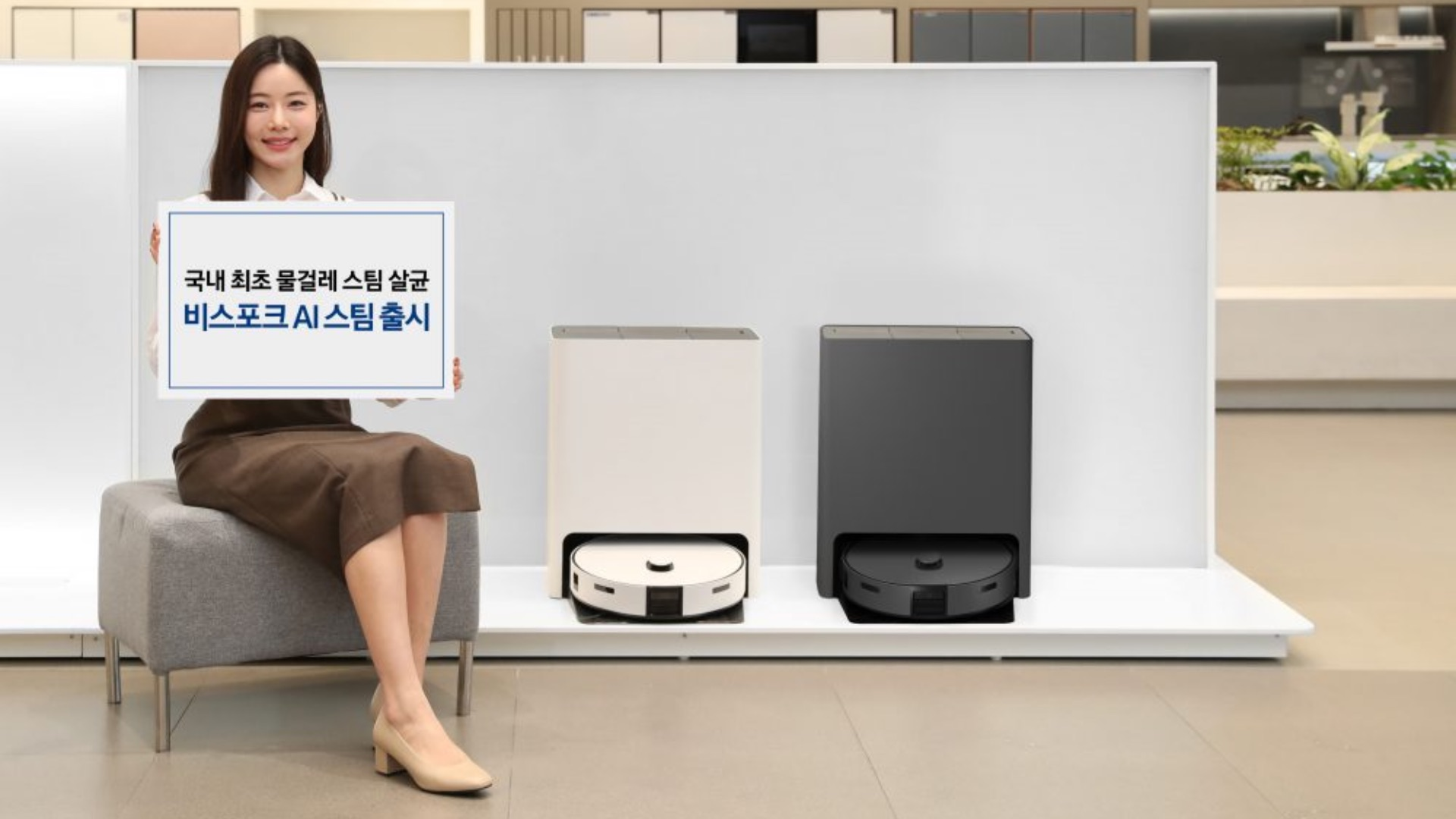
(Image source: Samsung)
Technically, the Bespoke Jet Bot Combo is equipped with a powerful rotating mop that spins at 170 RPM, but the AI version boasts 3D sensors, RGB cameras, and an integrated AI large model, enabling more precise path planning. In contrast, the non-AI version is stripped down in terms of sensors, featuring only a basic radar sensor.
It's evident that the AI version of the Bespoke Jet Bot Combo is Samsung's flagship product, but its price exceeding $10,000 may deter many ordinary consumers. The entry of AI into the home appliance sector is indeed a market trendsetter, with AI TVs, AI refrigerators, and even AI kitchen appliances already making their debut this year. However, AI not only upgrades technology but also drives up product prices. Will consumers embrace this trend?
With its built-in AI large model, Samsung is experimenting with something new
The Bespoke Jet Bot Combo's standout feature is its integration of Samsung's self-developed AI technology, which enables more precise path scanning, modeling, obstacle recognition, and real-time adjustment of cleaning areas and plans based on an understanding of home furnishings.
Samsung's AI technology employed in the Bespoke Jet Bot Combo, known as "AI Object Recognition," not only arranges spatial paths but also utilizes 3D sensors to identify spaces and stains, implementing different cleaning plans based on the type of stain. For instance, AI Object Recognition may suggest designating areas like bathrooms, balconies, and entrances as "no-go zones" to ensure the robot does not enter these areas during regular cleaning modes.
Another feature, AI Floor Detect, enables the Bespoke Jet Bot Combo to detect floor materials. For instance, it avoids using high temperatures and water for wood floors or adjusts suction power to remove dust from carpets.
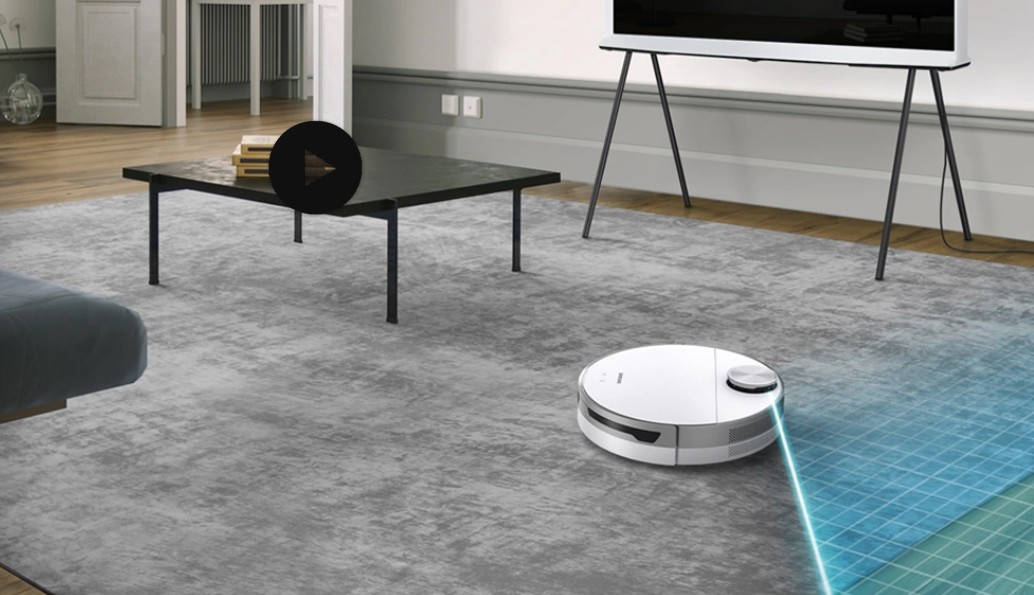
(Image source: Samsung)
The functions mentioned above are almost exclusively available in the AI version, primarily due to the significant hardware gap rather than the AI technology itself. The non-AI version only has a lidar sensor for scanning, whereas the AI version boasts lidar, 3D sensors, RGB sensors, and an AI large model.
The difference in the actual experience between the two versions is not solely due to "AI" but rather the significant hardware disparity, making the AI version of the Bespoke Jet Bot Combo appear highly capable.
Of course, Samsung is not the first company to integrate an AI large model into a robot vacuum cleaner. Companies like NARWAL and Hikvision also have corresponding products. For instance, NARWAL's Xiaoyao 001 boasts a suction power of 12,000Pa and an integrated Xiaoyao AI large model capable of recognizing over 100 objects and adapting to different cleaning modes. Its price is currently set at just RMB 4,999.
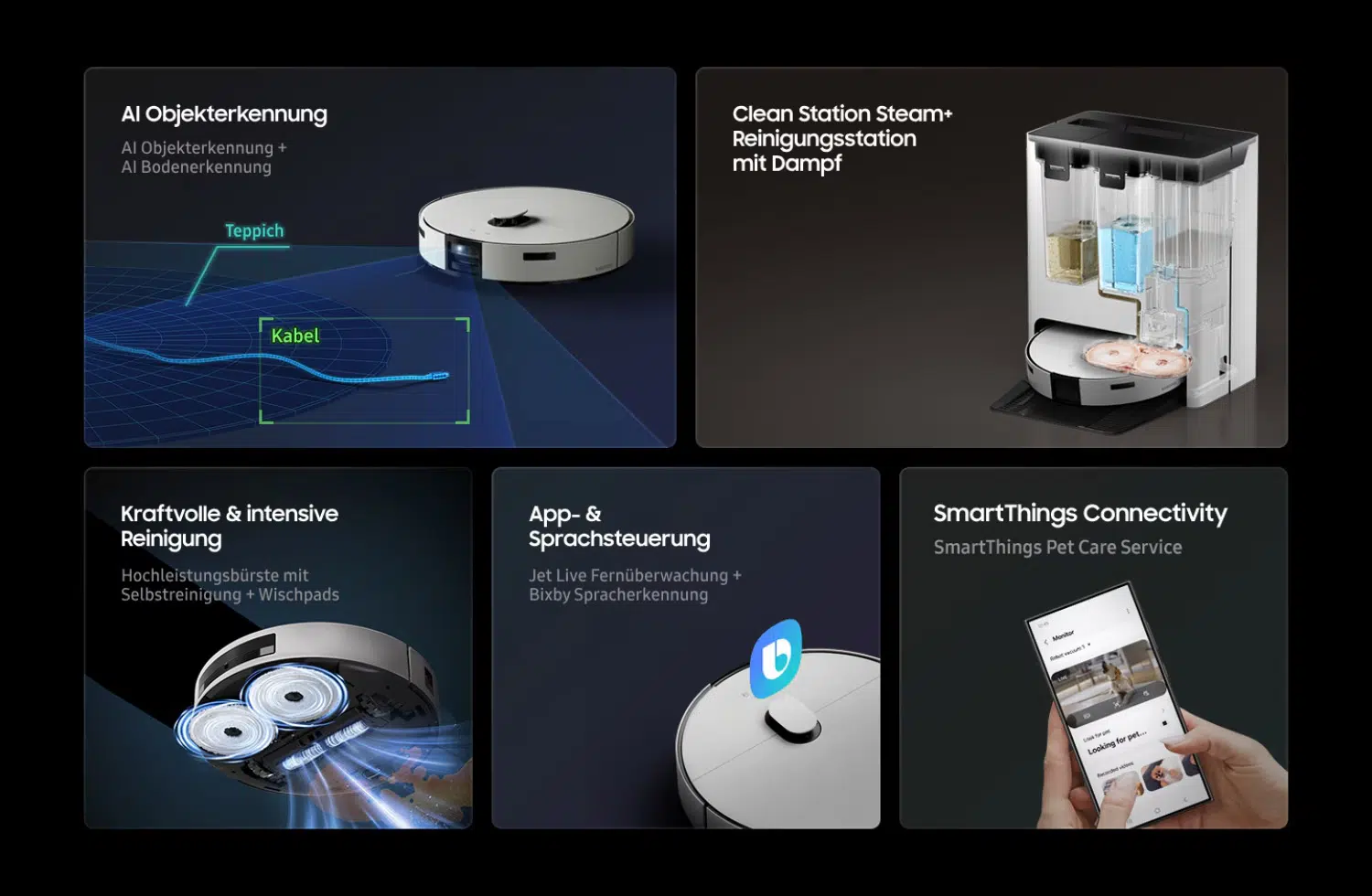
(Image source: Samsung)
In the international market, the Bespoke Jet Bot Combo faces formidable competition from the likes of iRobot Roomba Combo J7+ and Shark AI Robot Self-Empty XL, which also utilize AI large models for path planning and customized cleaning modes. These products are generally priced below $1,000, offering better value for money compared to Samsung's offering.
Objectively speaking, the Bespoke Jet Bot Combo is quite competitive, excelling in terms of sensor count, AI technology application, and overall design aesthetics. The only drawback is its steep pricing, which may be a turn-off for ordinary consumers.
With AI's support, the smart cleaning market may be on the verge of a transformation
Traditional robot vacuum cleaners primarily rely on preset cleaning paths and basic sensor technology, often using simple infrared or ultrasonic sensors to detect obstacles and clean in a random or semi-random manner. While they can accomplish basic cleaning tasks, they have significant limitations in navigation and cleaning efficiency.
In recent years, emerging smart home appliance manufacturers like NARWAL and Tineco have introduced intelligent navigation and indoor modeling to the cleaning sector, endowing these robot vacuum cleaners with basic intelligent decision-making capabilities. The advent of AI large models has further pushed the technological boundaries of robot vacuum cleaners, particularly in areas like navigation, object recognition, multimodal cleaning solutions, and user interaction logic.
Samsung's Bespoke Jet Bot Combo focuses its AI capabilities on navigation, object recognition, and cleaning solutions, which necessitates not only AI technology but also a plethora of sensors. This explains the notable disparity between the AI and non-AI versions.
Chinese manufacturers not only integrate AI with cleaning and navigation technologies but also prioritize enhancing user interaction. For example, NARWAL's Xiaoyao 001 utilizes its integrated large model to recognize natural language commands, simplifying the process of issuing instructions to the machine and reducing the learning curve for users.
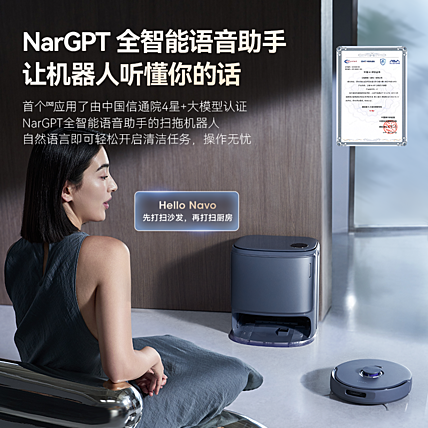
(Image source: NARWAL)
As AI gradually permeates the smart home cleaning market, its development prospects are boundless. According to Mordor Intelligence, the global smart cleaning equipment market is expected to reach $100 billion by 2027. The integration of AI technology enables these devices to efficiently accomplish cleaning tasks while saving time and costs.
Furthermore, the IMARC Group report forecasts continued rapid growth in the smart cleaning equipment market, which is anticipated to reach $87 billion by 2032.
The rapid growth of the smart cleaning market is fueled by multiple drivers. Firstly, the accelerating pace of life and consumers' pursuit of efficient and convenient lifestyles have fueled the demand for smart home devices. The integration of AI into robot vacuum cleaners and home robots provides enhanced intelligent decision-making capabilities, eliminating the frustration of "dumb robots" and significantly improving efficiency. Secondly, technological advancements have led to improved performance and gradually lower prices of smart cleaning devices, attracting more consumers.
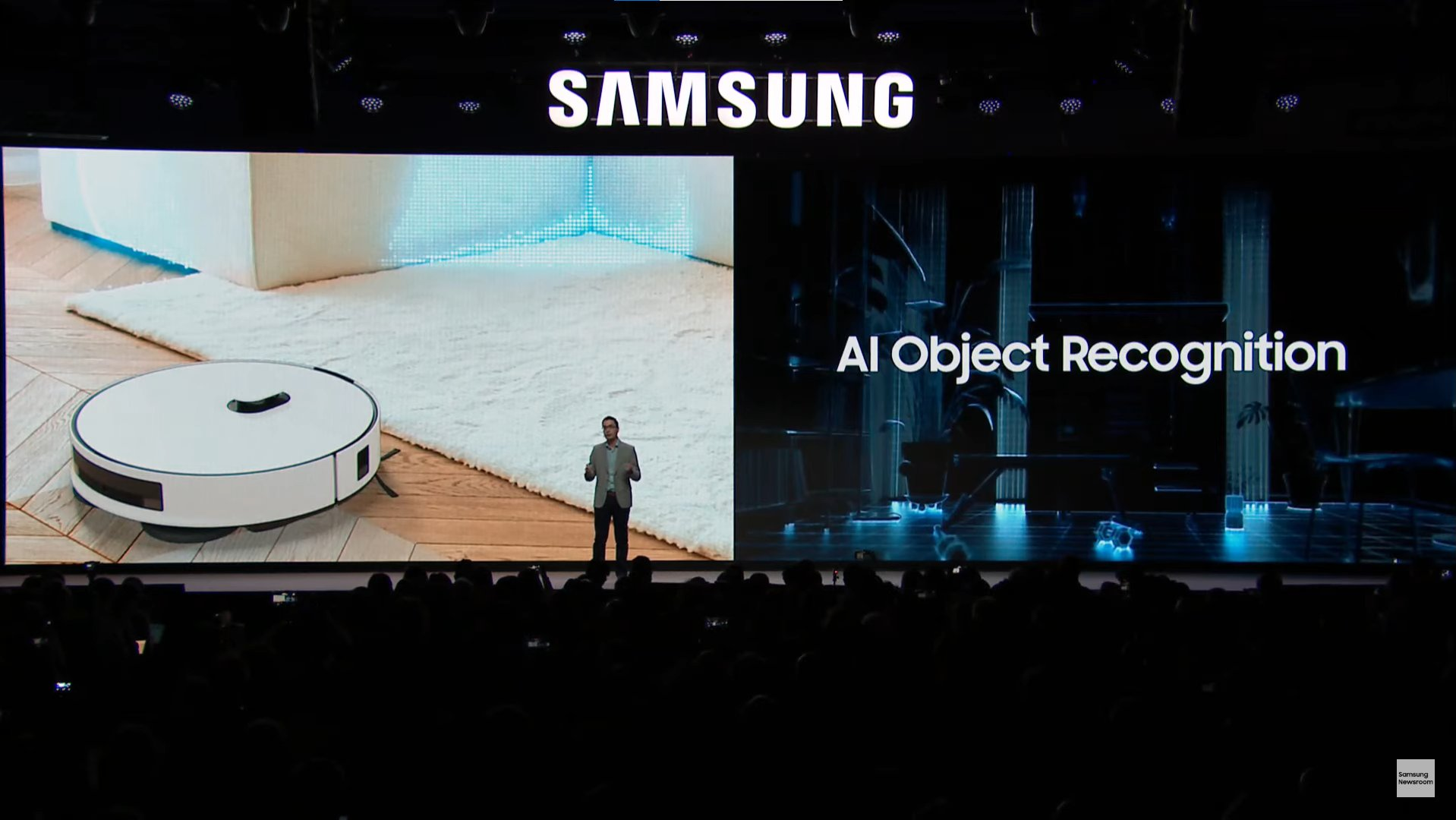
(Image source: Samsung Newsroom)
Currently, AI's impact on the robot vacuum cleaner market is still relatively limited. Although Samsung positions AI as a selling point for the Bespoke Jet Bot Combo, it merely offers two hardware variations to entice consumers to pay more for the more comprehensive AI version, rather than delivering technologically advanced products at reasonable prices as initially anticipated.
With its high pricing, how can Samsung's AI robot vacuum cleaner break through?
Overall, Samsung's Bespoke Jet Bot Combo, leveraging AI as its selling point, undoubtedly captures market attention, but its steep price may provoke consumer dissatisfaction.
Samsung entered the robot vacuum cleaner market in 2014 with its POWERbot VR9000 series, priced around $1,000. Subsequently, it launched the POWERbot VR7000 series and Jet Bot series in 2017, 2019, and 2021, respectively. Notably, Samsung integrated Intel's AI recognition technology into the Jet Bot+ released in 2021 to enhance navigation and modeling accuracy.

(Image source: Samsung)
The predecessor of the Bespoke Jet Bot Combo, the Bespoke Jet Bot AI+, was also pricey, starting at $1,399. Its successor, the AI version, jumps to $1,699, marking a substantial increase. The Bespoke Jet Bot AI+ shares similar specifications with the Bespoke Jet Bot Combo AI version, including 30W suction power and support for precise navigation and scanning, yet it's priced at just $699.
As such, the premium pricing of the Bespoke Jet Bot Combo primarily stems from its AI technology, which may not align with consumer expectations.
While AI technology brings advanced functionalities to the smart cleaning sector, the associated premium pricing is a sensitive issue for consumers. As AI large models proliferate across various sectors, competition will intensify. Samsung's home cleaning business has performed averagely in the global market. Its attempt to achieve a breakthrough with AI may be hampered by the high pricing strategy, making it difficult to meet expectations. As for whether the Bespoke Jet Bot Combo is worth buying, it depends on individual priorities. If you prioritize design, Samsung's AI features, and have a generous budget, it's worth considering.
Source: Leitech


